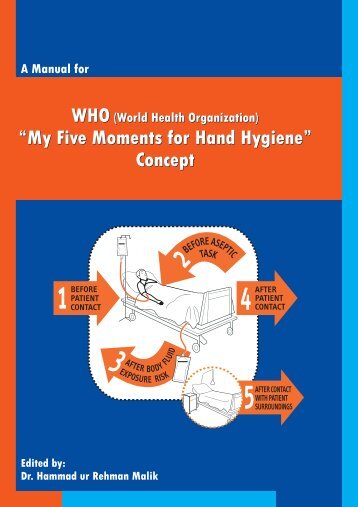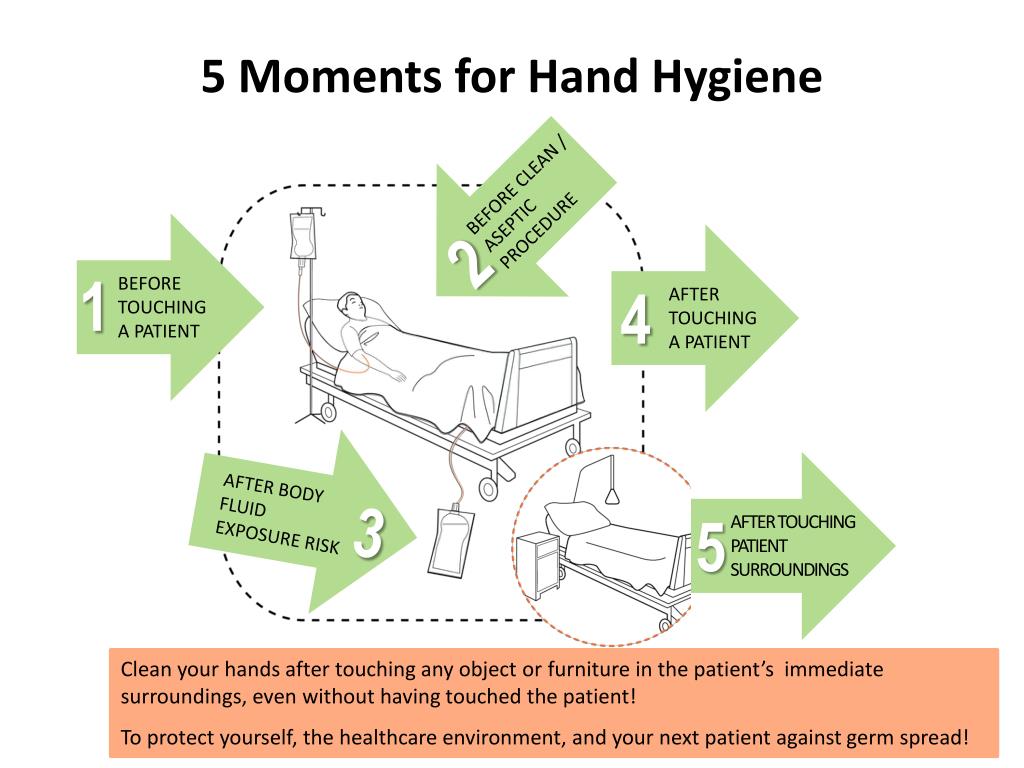
The use of standard precautions is also applicable to and essential for many non-health care settings, such as personal care and body art industries. The two-tiered approach of standard and transmission-based precautions provides a high level of protection to patients, healthcare workers and other people in healthcare settings.įor further information regarding infection prevention and control practices in the healthcare setting see the National Health and Medical Research (NHMRC) Australian guidelines for the prevention and control of infection in healthcare (2010) External Link. 2013 13(10):843–851.Infection prevention and control uses a risk management approach to minimise or prevent the transmission of infection. Global implementation of WHO’s multimodal strategy for improvement of hand hygiene: a quasi-experimental study.


2011 195(10):615–619.Īllegranzi B, Gayet-Ageron A, Damani N, Bengaly L, McLaws ML, Moro ML, et al. Outcomes from the first 2 years of the Australian National Hand Hygiene Initiative. Grayson ML, Russo PL, Cruickshank M, Bear JL, Gee CA, Hughes CF, et al. A systematic review of hand hygiene improvement strategies: a behavioural approach. Huis A, van Achterberg T, de Bruin M, Grol R, Schoonhoven L, Hulscher M. Adherence to precautions for preventing the transmission of microorganisms in primary health care: a qualitative study. Maroldi MA, Felix AM, Dias AA, Kawagoe JY, Padoveze MC, Ferreira SA, et al.

First global patient safety challenge clean care is safer care. World Health Organization WHO guidelines on hand hygiene in health care: a summary. Furthermore, a combination of multimodal strategies and locally-adapted interventions is needed for sustainable hand hygiene adherence.Īttitude Hand hygiene Health workers Knowledge Vietnam World Health Organization. Regular education and training programs are needed to increase knowledge and to improve attitudes and practices towards hand hygiene. Those who worked in infectious and tropical disease wards, who had frequent access to clinical information, and who received information from training were more likely to have a positive attitude towards hand hygiene than their counterparts.Īlthough many Vietnamese HCWs displayed moderate knowledge and positive attitudes towards the WHO hand hygiene guidelines, a key gap remained. Logistic regression indicated better knowledge of hand hygiene in workers who were over 30 years old, who were direct HCWs (rather than managers), who had frequent access to clinical information, and who received their clinical information from training. Of 120 respondents, 65.8% and 67.5% demonstrated appropriate knowledge and a positive attitude, respectively, regarding all 5 hand hygiene moments. Multiple logistic regression analysis was used to identify factors associated with HCWs' knowledge and attitudes towards hand hygiene. In this study, we sought to assess knowledge and attitudes towards the concepts in this initiative, as well as associated factors, among Vietnamese HCWs at a general hospital.Ī structured questionnaire was administered to HCWs at a central Vietnamese general hospital in 2015.

Although the World Health Organization (WHO) initiative "My 5 Moments for Hand Hygiene" has been lauded as effective in preventing hospital-associated infections, little is known about healthcare workers (HCWs)' hand hygiene behavior.


 0 kommentar(er)
0 kommentar(er)
